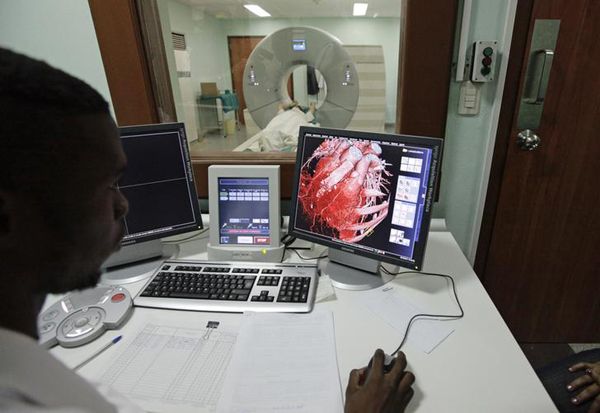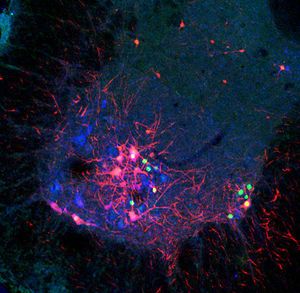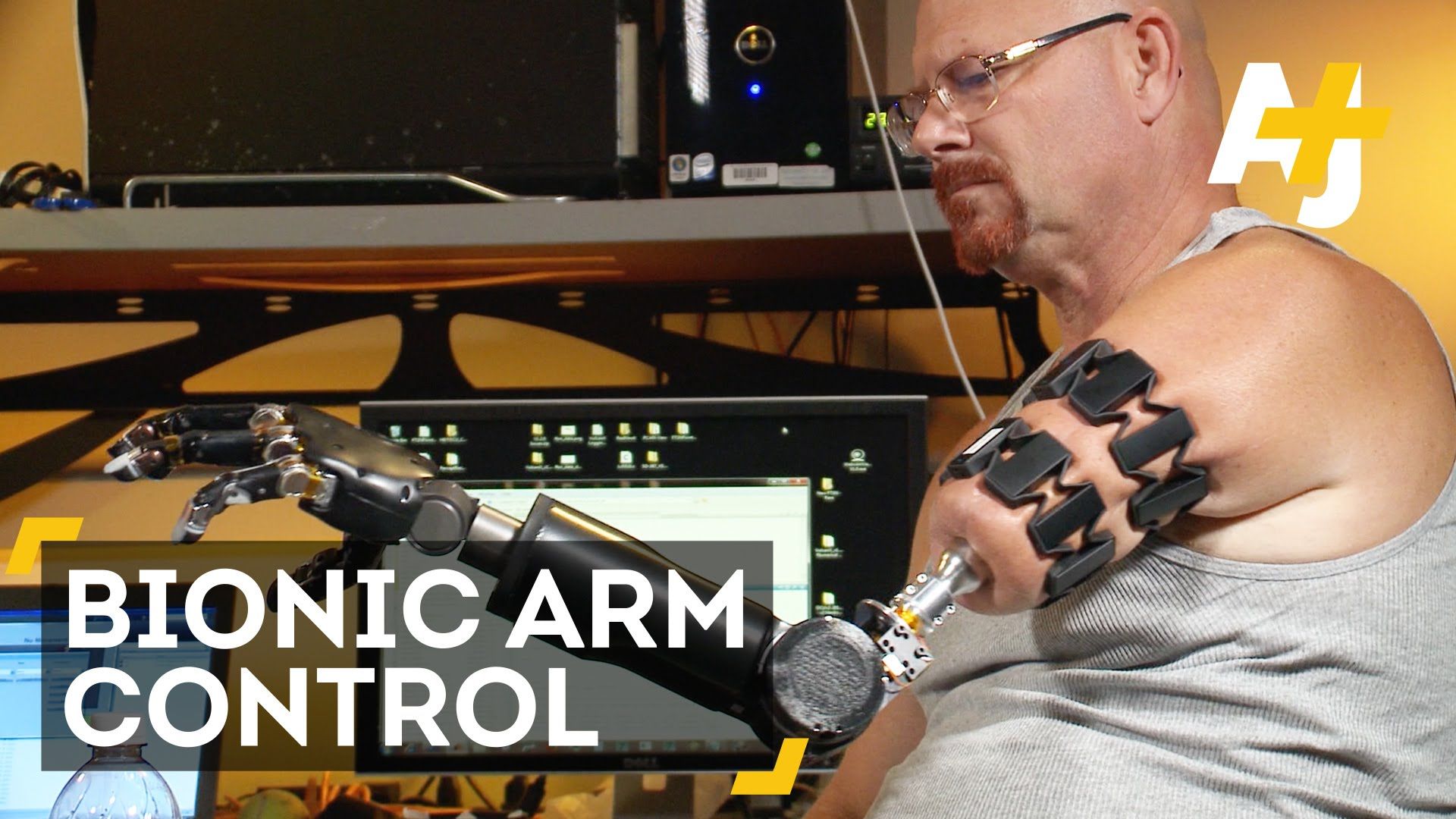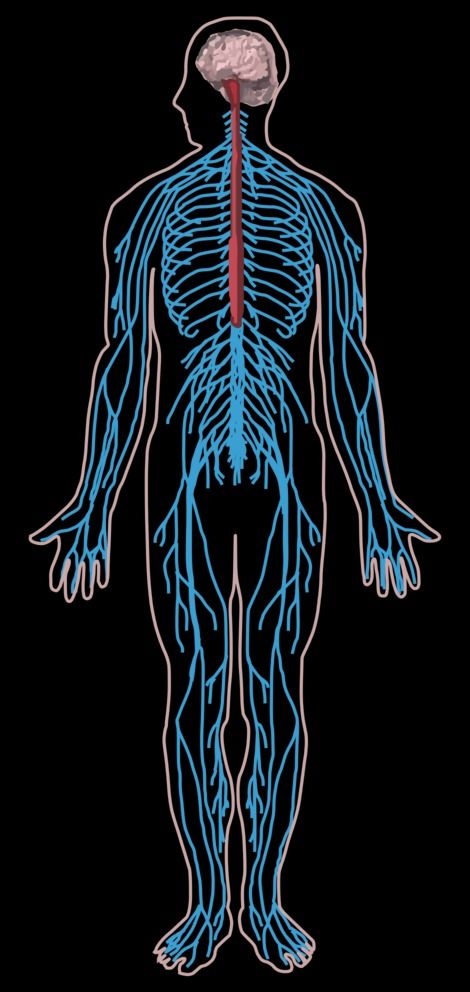Isn’t medical technology a beautiful thing — your own personal doctor and on your terms.
The new trend on healthcare technology is found to let you see your robot doctor in just a few taps in your mobile phones.

Isn’t medical technology a beautiful thing — your own personal doctor and on your terms.
The new trend on healthcare technology is found to let you see your robot doctor in just a few taps in your mobile phones.

Another article highlighting the fears around Singularity. There are so many great things that will come from Singularity such as Cancer is wiped out, improved healthcare across the board and cheaper, etc. And, there are also downsides as Gates, Musk, etc. have warned folks especially around AI.
So, what are our options and obligations around Singularity? In reality, you will not be able to stop this evolution from happening. However, each person has a right to decide how much singularity is right for their own private use. As a business or a company, there are many things to consider such as Total Cost of Ownership v. ROI, tax codes or how government will view “humanoids” v. non-humanoids as it relates to CapEx and Taxes, etc. And, the company or business needs to ensure that there are appropriate safegaurds in place in order to protect their data, etc… Also, government has an obligation to the people in general in safegaurding our rights, security, and safety.
Another, question that will continue to be raised and will increase overtime is government and business obligations to the financial welfare of the people. And, this one will become more and more complex and interesting overtime. If AI was to truly displace millions of workers; how will the countries help feed, clothe, and house millions displaced people beyond what they have done in their own country’s past? Will the countries government place a special tax structure on companies and businesses to help fund the displaced workers and their families? Or, will it be a joint partnership with business and government? It does make one wonder.
Many experts believe the single greatest threat to our existence is the so-called “singularity” when computers are as smart as we are.

Talk about a bold and unique method for mapping the human brain — using a modified version of the rabies virus to help researcher to rapidly map the brain.
Researchers have figured out a way to leverage rabies to not kill the brain, but instead map it.

CRISPR/Cas9 has been touted as an almost magical technology in the news—and rightly so. The technique allows scientists to alter the DNA of living cells and, it’s hoped, achieve a longstanding goal of science to treat disease at the genetic level.
That’s a really big deal.
An estimated 6,000 diseases are caused by genetic mutations, and only 5% can be treated. Take sickle-cell anemia, for example. Often deadly, it is caused by a single mutation in one of the human body’s three billion DNA base pairs. It’s a small, well-understood error in the genetic code, but so far we have been helpless to repair it.

Doctors rewired Johnny Matheny’s nerves to work directly with his new prosthetic arm, which works exactly like a real arm.

A transplantation procedure to treat multiple sclerosis using a patient’s own stem cells has shown impressive results
Multiple sclerosis (MS) is a complex autoimmune disorder in which myelin, the protective sheath around nerve fibres, begins to get degraded. Progressive inflammation and scarring results in permanent nerve damage which can eventually lead to severe disability. While there has been progress in controlling the disease, no cure currently exists.

Leaders at Davos are bracing for huge technology shocks.
Implantable mobile phones. 3D-printed organs for transplant. Clothes and reading-glasses connected to the Internet.

This CRISPR ownership dispute being played out in front of the public is truly concerning. My question is how much time are these researchers/ scientists spending locked in this battle v. focusing on research, testing and clinical trials, etc. to help the public? If their energy was focused on helping the public; it would be better for them and their image to the public.
A history of CRISPR ignites a furious tweetstorm.

Hot damn, our Ghost in the Shell future is getting closer by the day. DARPA announced on Tuesday that it is interested in developing wetware — implantable brain-machine interfaces (BMI) that will allow their users to control computers with their thoughts. The device, developed as part of the Neural Engineering System Design (NESD) program, would essentially translate the chemical signals in our neurons into digital code. What’s more, DARPA expects this interface to be no larger than two nickels stacked atop one another.
“Today’s best brain-computer interface systems are like two supercomputers trying to talk to each other using an old 300-baud modem,” Phillip Alvelda, the NESD program manager, said in a statement. “Imagine what will become possible when we upgrade our tools to really open the channel between the human brain and modern electronics.”
The advanced research agency hopes the device to make an immediate impact — you know, once it’s actually invented — in the medical field. Since the proposed BMI would connect to as many as a million individual neurons (a few magnitudes more than the 100 or so that current devices can link with), patients suffering from vision or hearing loss would see an unprecedented gain in the fidelity of their assistive devices. Patients who have lost limbs would similarly see a massive boost in the responsiveness and capabilities of their prosthetics.

Scientists have developed a computer system that predicts the reprogramming factors necessary to convert human cells from one type to another, without the need for trial and error.